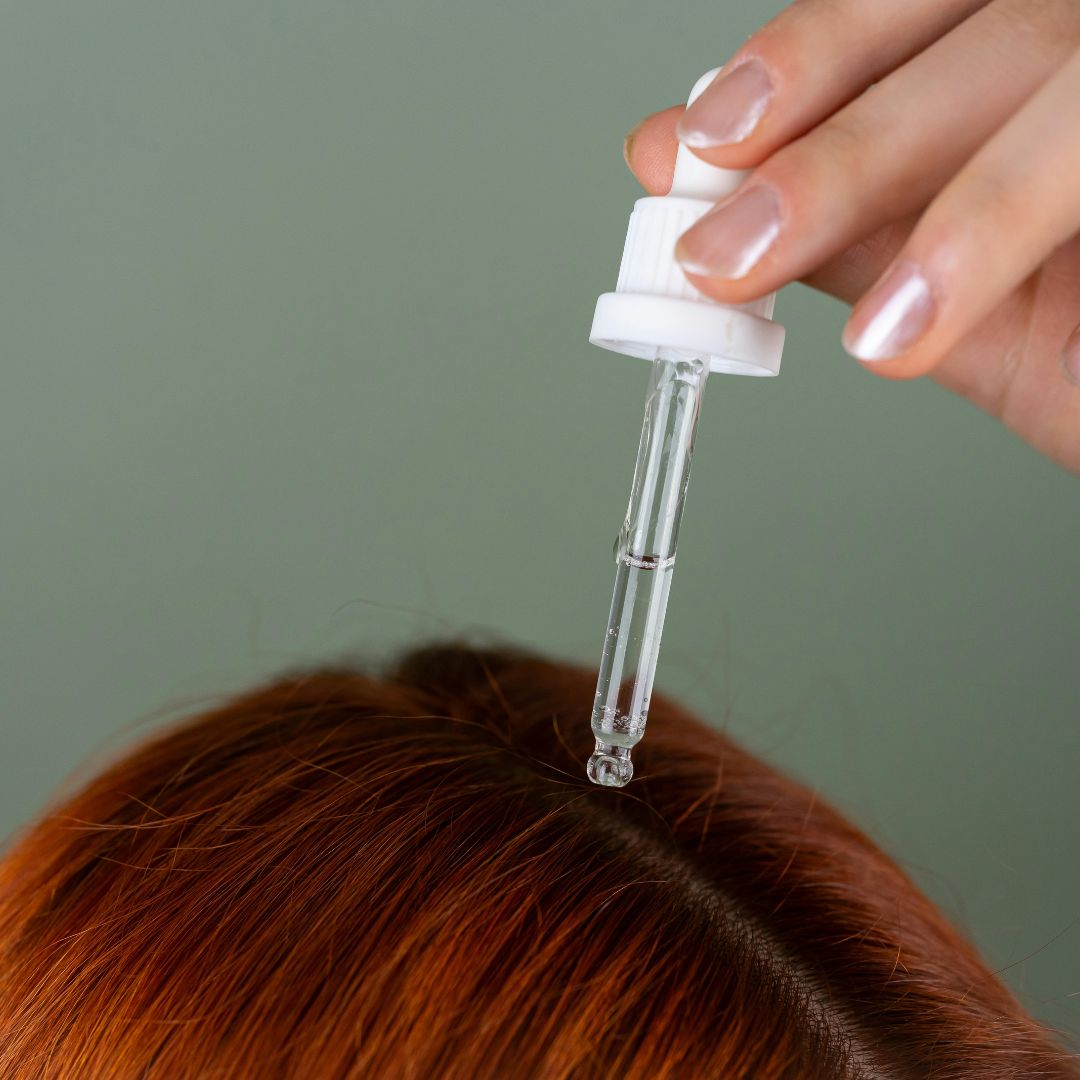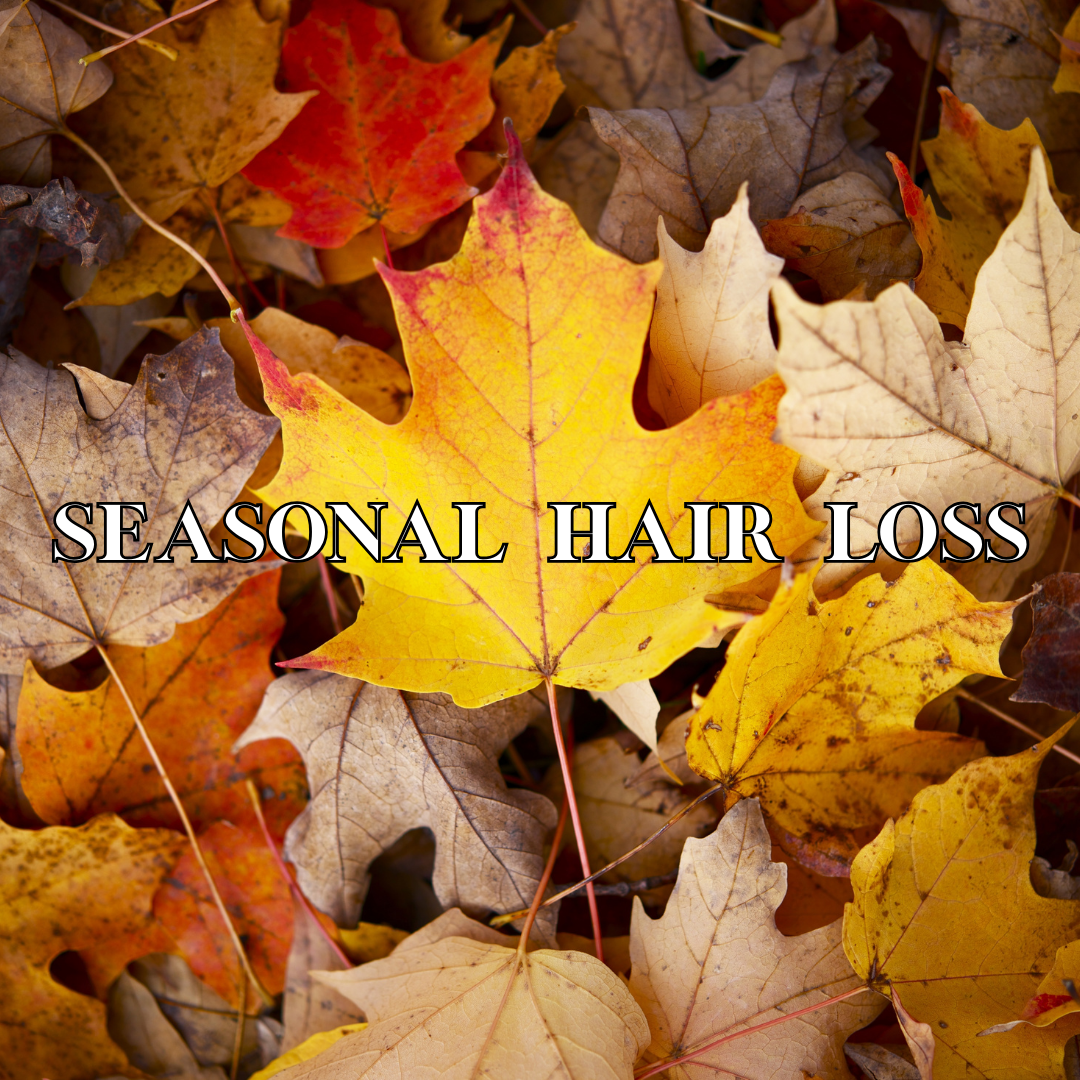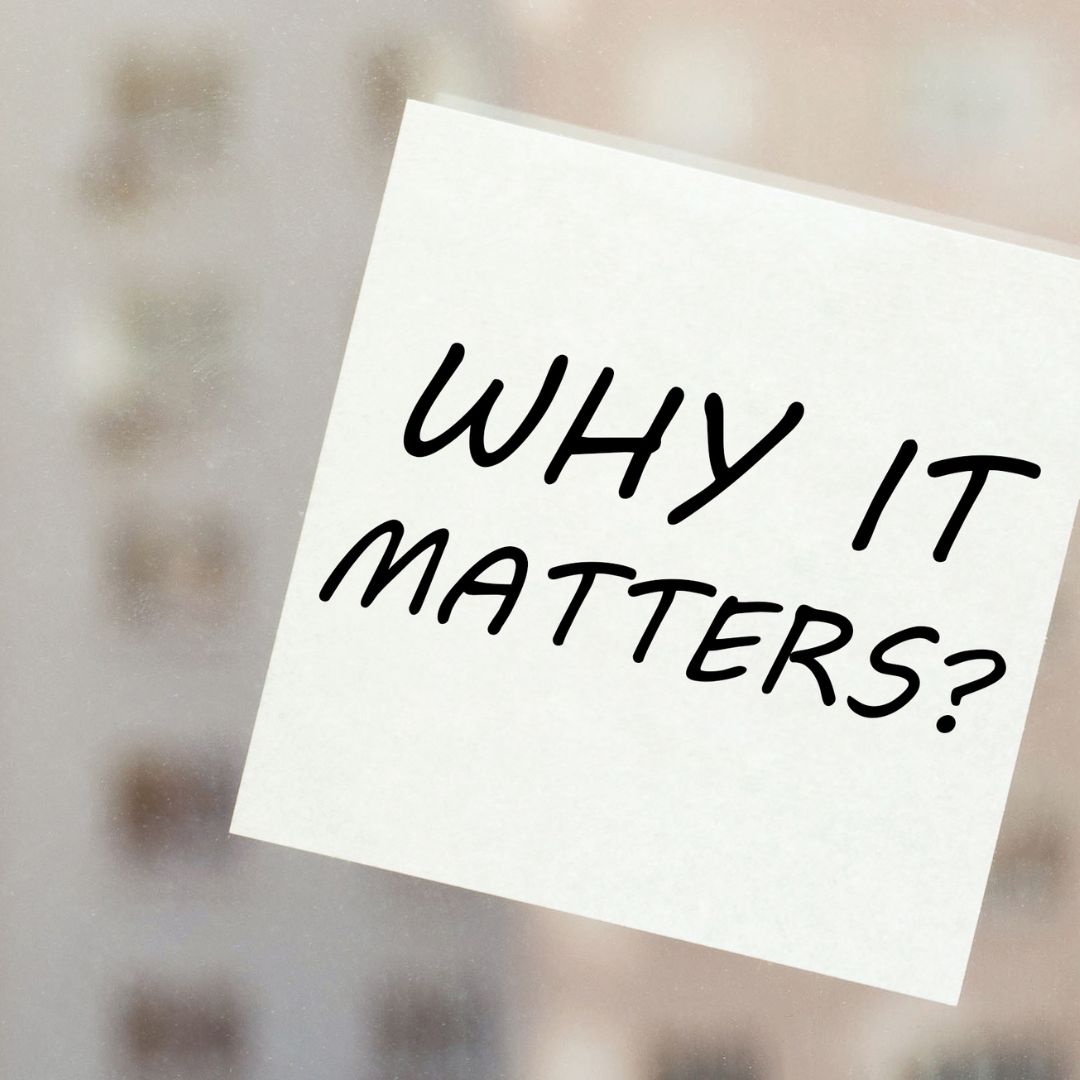Flavio Lucariello - October 06, 2025
How Aging Affect Your Hair

You might have caught yourself thinking: “Why is my hair suddenly curlier?” or “When did I start seeing more gray in my roots?” The truth is, hair evolves over time. As we age, it’s totally normal for changes in hair texture with age, curl pattern, color, thickness, and more. Understanding why these shifts happen can help you care for your hair more mindfully — and feel good about the journey.
In this post, we’ll explore how hair texture changes with age, why hair gets curlier as we get older, does hair color change with age,etc. And yes — there are things you can do to keep your hair healthy, resilient, and beautiful at any age.
What’s Going On “Under the Hood”: The Biology of Aging Hair
If you’ve ever wondered why hair texture changes with age or why your strands look and feel different now, the answer lies in the biology happening beneath the surface. These changes aren’t random — they’re connected to how your follicles, scalp, and pigment cells evolve over time.
Here are the main processes at play:
- Hair Follicle & Growth Cycle: Each hair grows in stages — growth (anagen), rest (catagen), shedding (telogen). As you get older, the anagen (growth) phase tends to shorten. Learn more in our blog: Understanding the 3 Stages of Hair Growth.
- Melanin & Pigment Production: Hair color comes from pigment-producing cells (melanocytes). As we age, these cells slow down or die, producing less pigment — hence grays and whites.
- Sebum & Oil Production: Natural oils (sebum) from the scalp help keep hair smooth and hydrated. Aging can reduce sebum output, making hair feel drier, coarser, and more brittle.
- Hormonal Shifts: Changes in hormones — especially during menopause, thyroid changes, or other health shifts — affect follicles, pigment, and hair density.
All of these changes work together to explain why your hair may become curlier, thinner, or grayer over time. And while they’re natural, understanding the science behind them makes it easier to adapt your routine and keep your hair healthier for longer.
Key Changes to Expect As Hair Ages
- Texture & Curl: Yes — hair texture can change with age. Some people find their hair gets curlier, while others notice looser curls or waves. Straight hair might pick up new bends, and curly hair can lose definition. Strands themselves may also feel finer or coarser than before.
- Thickness / Density: Hair really does get thinner with age. As the number of active follicles decreases, hair density drops. This can make your ponytail feel smaller, your scalp more visible, and overall volume reduced.
- Color Changes: Hair color naturally changes as you age. Pigment-producing cells (melanocytes) slow down, leading to gray or white strands. You may also notice shifts in undertone, like cooler or warmer hues, as pigment levels decline.
- Dryness, Frizz, Brittleness: Hair also becomes drier as you age. This happens because the scalp produces less oil (sebum), and years of cuticle wear make strands more porous. The result is hair that feels rougher, frizzier, and more fragile.
- Growth Rate & Repair: Yes — hair grows slower with age. The growth cycle shortens, so new hairs don’t reach the same length as before. Combined with reduced elasticity and more breakage, this can make hair look and feel thinner over time.
Why Might Curliness Increase as You Get Older?
- Follicle Shape Changes — Follicle shape influences curl pattern. Slight changes can make hair grow curlier or wavier.
- Loss of Natural Oils & Moisture — Drier hair often clumps into curls or frizz, making it appear curlier.
- Hormonal Effects — Menopause or thyroid-related hormone shifts can change curl patterns.
- Hair Weight Differences — Thinner or lighter hair can bounce more, exaggerating curls.
Factors That Influence How Dramatically Hair Changes
- Genetics and ethnicity — you might be predisposed to earlier graying or texture shifts.
- Hormonal health (menopause, thyroid, hormone therapies)
- Nutrition — deficiencies in iron, vitamin D, B vitamins, protein affect hair health. Learn more in our blog: Foods That Boost Hair Growth
- Environmental exposure — UV light, pollution, wind, hard water, etc.
- Hair care practices — heat, chemical coloring/bleaching, harsh styling/over-washing. These can accelerate damage and shift how hair behaves.
- Stress & overall health — physical stress, illnesses, sometimes medications (like thyroid meds, hormone treatments) shift hair cycles or pigment production.
What You Can Do to Care for Aging Hair (Without Fighting It)
You can’t stop aging — but you can adapt your hair care so that your hair feels its best. Here are strategies that align with Bloome™’s philosophy:
Adjust your routine
- Increase moisture: use richer conditioners / deep conditioning masks.
- Use gentler cleansers (sulphate-free, less stripping).
- Shower with lukewarm rather than very hot water (hot water strips oil and damages cuticle).
Protect & reduce damage
- Use heat protectants; limit heat styling.
- Avoid harsh chemical treatments or space them out.
- Shield from sun & UV; wear hats; UV-protecting hair products.
Embrace the new texture
- If curls are increasing or pattern changing, use products that enhance curl definition (lighter gels, creams) rather than fighting them.
- When hair is dryer/coarser, treat it more like curly/coily hair: leave-in conditioners, oils, etc.
Lifestyle changes
- Adequate protein, good hydration, sleep, managing stress. Possibly supplementation under professional guidance if you have deficiencies. Learn more in our blog: How To Make Hair Grow Thicker?
Scalp Care: The Foundation for Healthy Aging Hair
Healthy hair starts with a healthy scalp. Here’s how to nurture it as you age:
1. Scalp Massage
Massaging the scalp stimulates circulation, delivering oxygen and nutrients to the follicles. This supports stronger growth and even reduces stress — a common cause of shedding. You can use just your fingers or a scalp massage tool. Learn more in our blog: How to Massage Your Scalp for Hair Growth.
2. Serums and Oils
Not all treatments are the same — some nourish the hair shaft, others focus on the scalp.
- Hair Oils: Restore shine, protect length, and nourish strands.
- Scalp Serums: Balance oil production, soothe irritation, and strengthen follicles.
At Bloome™, we developed two targeted options:
- Wildflower Serum — an oil-based formula that replenishes length, restructures roots, and supports hair growth, helping to counter thinning.
- Nymphaea Serum — a water-based formula that hydrates, balances sebum, soothes the scalp, and strengthens hair from the root.
Together, they adapt to your needs, whether you’re focusing on growth, balance, or resilience.
3. Tools and Technology
Modern haircare now includes innovative treatments like red light therapy and microcurrent, both proven to support follicle activity and scalp health.
That’s exactly what the FLO™ Brush was created for. In just 5 minutes a day, it delivers these therapies directly to your scalp, creating an optimal environment for stronger, healthier-looking hair.
When to Check In With Experts
If you notice something that seems abnormal or abrupt — for example:
- Sudden massive increase in shedding
- Patchy hair loss
- Sudden color change (that might signal health or nutritional issues)
- Significant texture change after starting a medication
A dermatologist or trichologist can help rule out thyroid issues, hormone imbalances, nutritional deficiencies, etc.
The FLO™ Brush: Advanced Support for Aging Hair
The FLO™ Brush brings professional-level scalp treatments into your home routine. It’s especially useful if you’re noticing thinning, dryness, or changes in texture with age.
Key Features:
- Red Light Therapy — stimulates follicles to encourage regrowth (learn more here).
- Microcurrent Technology — boosts circulation and cellular repair (discover the science behind microcurrent here).
- Thermotherapy & Gentle Vibration — relaxes the scalp and enhances serum absorption.
- Serum POD System — delivers active ingredients directly to your scalp.
With consistent use, FLO™ can support scalp vitality and help you adapt to age-related hair changes. And if you’d like to see the studies behind technologies like red light therapy or microcurrent, check out our in-depth blogs linked above.
Loved the article? Got an idea for the next post? Let us know!






